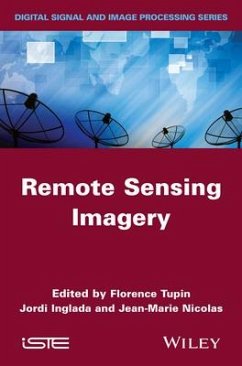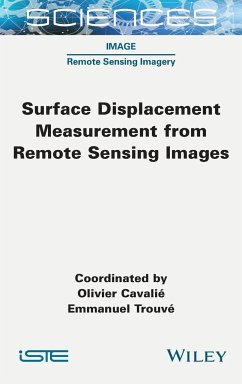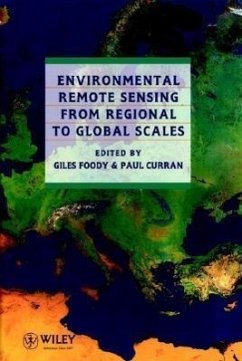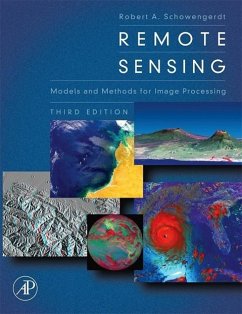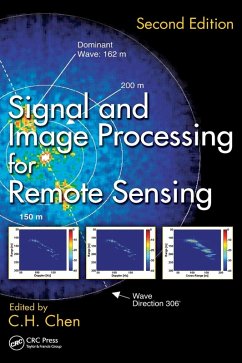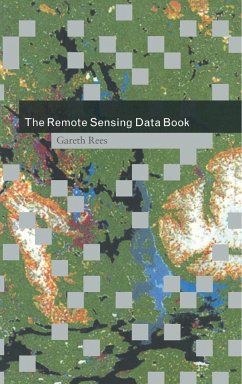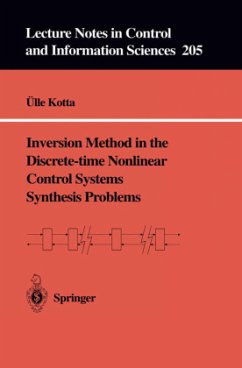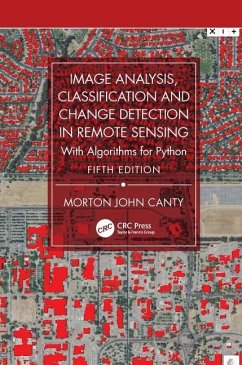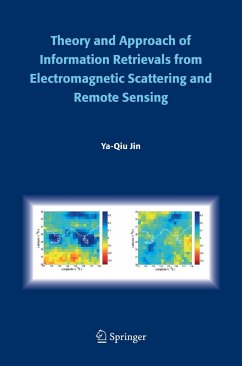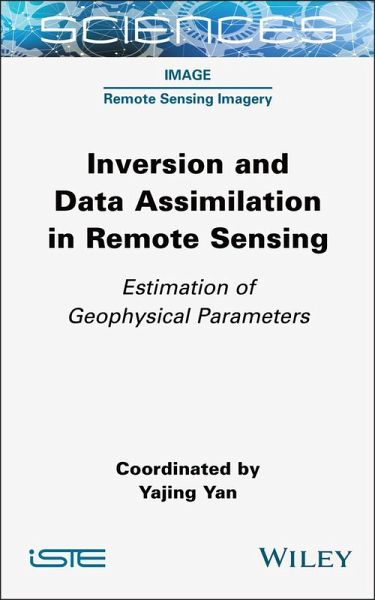
Inversion and Data Assimilation in Remote Sensing
Estimation of Geophysical Parameters
Versandkostenfrei!
Versandfertig in über 4 Wochen
146,99 €
inkl. MwSt.
Weitere Ausgaben:

PAYBACK Punkte
73 °P sammeln!
Remote sensing data are now the primary sources for observing Earth and the Universe. Data inversion and assimilation techniques are the main tools for estimating and predicting the geophysical parameters that characterize the evolution of our planet and the Universe, using remote sensing data. Inversion and Data Assimilation in Remote Sensing explores recent advances in the inversion and assimilation of remote sensing data. It presents traditional and current neural network methods, as well as a number of topics where these methods have been developed or adapted to suit the specific nature of...
Remote sensing data are now the primary sources for observing Earth and the Universe. Data inversion and assimilation techniques are the main tools for estimating and predicting the geophysical parameters that characterize the evolution of our planet and the Universe, using remote sensing data. Inversion and Data Assimilation in Remote Sensing explores recent advances in the inversion and assimilation of remote sensing data. It presents traditional and current neural network methods, as well as a number of topics where these methods have been developed or adapted to suit the specific nature of the field. The assimilation section covers prediction problems in volcanology and glaciology. Lastly, the inversion section covers biomass inversion using SAR images, bio-physio-hydrological inversion in coastal areas using multi- and hyperspectral images, and astrophysical inversion using telescope data.




